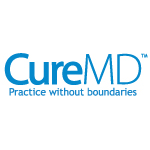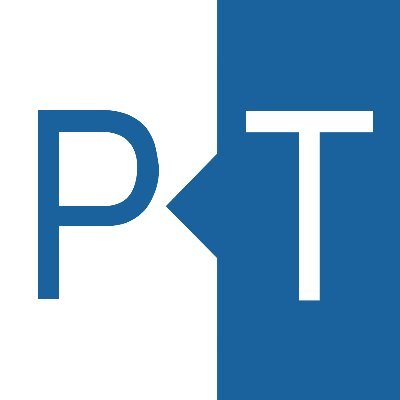
Triaj
Triaj is an innovative mobile application designed to enhance pediatric medical care by providing healthcare professionals with essential, diagnosis-specific guidelines. This cloud-based tool offers a 7-day treatment roadmap, streamlining the resuscitation and discharge process, ultimately reducing costs, improving safety, and bridging critical knowledge gaps in pediatric trauma management.
Top Triaj Alternatives
SafeDose
Designed for clinicians, SafeDose enhances pediatric care by offering intuitive, visual resources accessible on any device.
Office Practicum
Office Practicum revolutionizes pediatric care with tailored templates and efficient workflows designed to enhance staff productivity and patient satisfaction.
Artemis Neonatal
Artemis Neonatal is a specialized pediatric software designed to enhance medication safety for neonates.
CubHub
This pediatric software transforms home care operations by providing tailored features essential for pediatric nursing and therapy.
Pediatric EHR Software
Pediatric EHR Software enhances child care by streamlining workflows and automating documentation.
CureMD Pediatric EHR
CureMD Pediatric EHR offers pediatricians an intuitive solution tailored for child healthcare.
PEPID PEDS
This all-in-one resource combines adult and pediatric content, integrated CME, and streamlined navigation...
PhenoTips
Users can create inclusive pedigree charts, access phenotype-based gene suggestions, and streamline workflows with digital...
IMS Practice Management System
It streamlines appointment scheduling, enhances medical billing efficiency, and enables secure, paperless patient records management...
Khure Health
With its AI Clinical Co-Pilot, healthcare providers can swiftly identify high-risk patients by synthesizing intricate...
Top Triaj Features
- Just-in-time medical guidance
- 7-day treatment guidelines
- Cloud-based technology platform
- Evidence-based clinical decision support
- Pediatric trauma care focus
- Mobile access for healthcare providers
- Collaborative team communication tools
- Video and phone resource access
- Enhanced patient safety protocols
- Cost reduction strategies
- Real-time updates and notifications
- User-friendly interface design
- Comprehensive injury assessment tools
- Integration with existing medical systems
- Cross-platform compatibility
- Military and civilian healthcare support
- Continuous education and training modules
- Patient care quality improvement
- Streamlined discharge planning
- Enhanced provider productivity.









